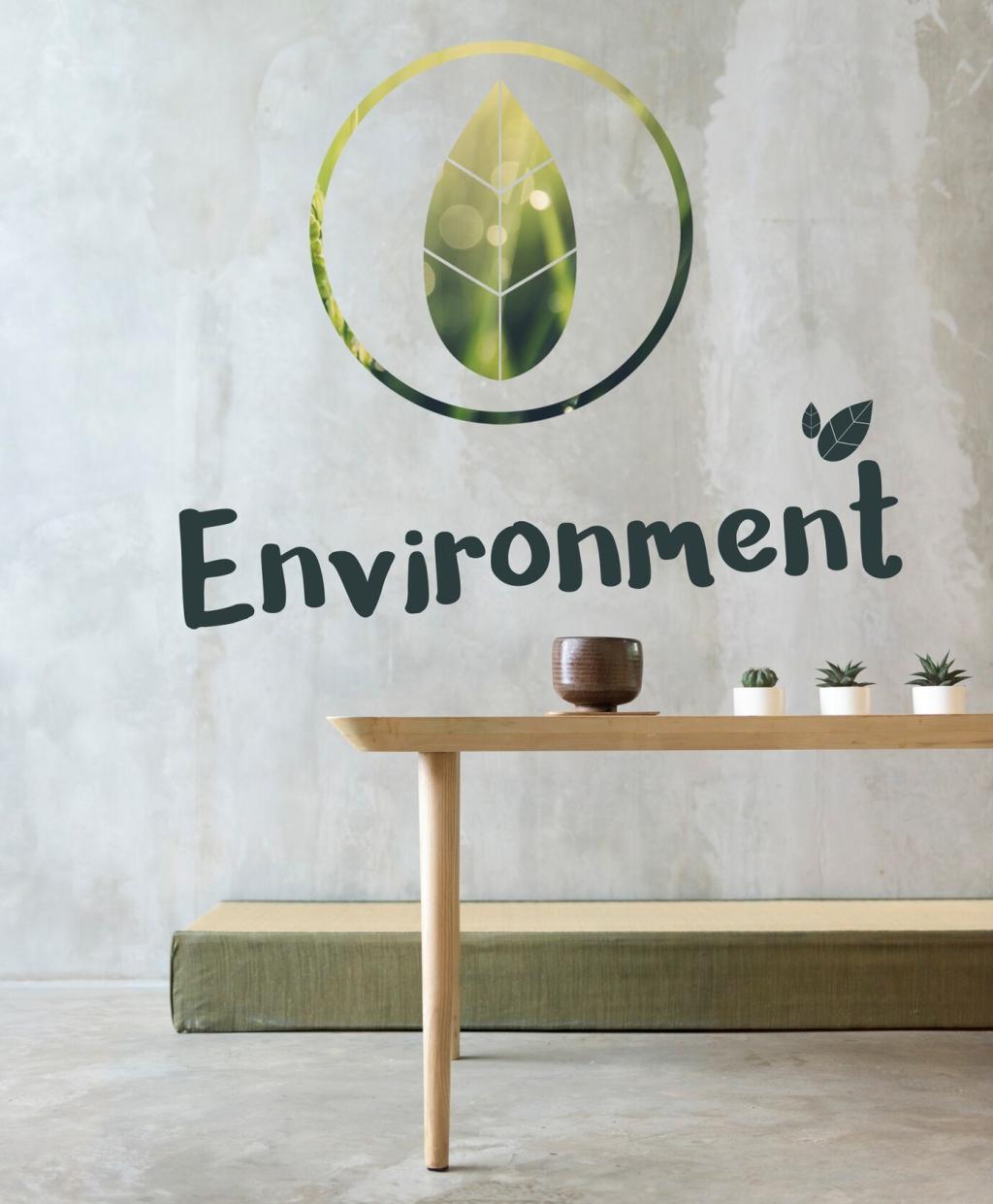
Energy-Efficient Strategies for Modern Architectural Projects
Designing buildings for the future demands a thoughtful integration of energy efficiency at every stage, from concept to completion. As environmental concerns and energy costs rise, architects, engineers, and developers are seeking cutting-edge solutions that marry sustainability with aesthetics and functionality. Energy-efficient strategies not only reduce environmental impact but also contribute to occupant well-being and cost savings throughout the life of the building. This page explores foundational approaches, advanced technologies, and integrated methodologies to maximize energy performance in modern architectural projects.
Passive Design Techniques for Optimal Efficiency
Careful placement of a building on its site is essential for maximizing energy gain and minimizing losses. Positioning structures to take advantage of prevailing winds, sunlight, and natural shade can dramatically influence heating, cooling, and lighting needs. South-facing windows in northern climates or strategic shading in hotter regions optimize thermal comfort and daylight access. Site analysis includes evaluating topography, vegetation, and obstructions to ensure the building collaborates harmoniously with its environment, laying the groundwork for comprehensive energy savings without increased operational demands.
The building envelope acts as the first barrier against external environmental fluctuations. Utilizing high-quality insulation, airtight construction, and energy-efficient windows prevents unnecessary heat transfer, resulting in stable indoor temperatures and reduced mechanical workload. Thermal mass incorporated into floors and walls further regulates indoor climates, absorbing excess heat during the day and releasing it at night. Selecting appropriate materials and construction techniques for the local climate is vital, as this fortifies the building’s defense against energy waste and enhances occupant comfort year-round.
Integrating daylighting ensures that interior spaces receive abundant natural light, which decreases dependence on artificial lighting and improves the occupants’ well-being. Thoughtful placement of windows, skylights, and light shelves distributes sunlight deep into the building, reducing solar heat gain when necessary. Simultaneously, natural ventilation strategies such as operable windows, cross-ventilation corridors, and stack ventilation promote airflow without mechanical intervention. These systems respond to seasonal and daily climate changes, sustainably maintaining fresh, cool, and well-lit interiors.

High-Efficiency HVAC Systems
Heating, ventilation, and air conditioning (HVAC) systems account for a significant portion of a building’s energy consumption. Advances in this area have produced equipment with greater efficiency ratings, variable-speed compressors, and heat recovery capabilities. Systems such as ground-source heat pumps, radiant floor heating, and variable air volume units adapt to changing loads more precisely and operate at optimal energy use. Proper sizing, zoning, and integration with building management systems further increase system effectiveness, ensuring thermal comfort with minimal waste.

Intelligent Lighting Solutions
Lighting upgrades can yield significant energy savings while enhancing the visual quality of spaces. Modern architectural projects frequently utilize LED technologies, which are both energy-efficient and long-lasting. Combined with automated lighting controls—sensors that respond to occupancy, daylight availability, or scheduled times—these systems optimize illumination throughout the day. Tunable lighting, which adjusts color temperature and intensity, also supports circadian rhythms and mood, merging efficiency with a healthier indoor environment.

Automated Building Management Systems
Automated building management systems (BMS) coordinate all energy-consuming devices into a unified platform, optimizing their performance through detailed monitoring and control. These intelligent networks gather data from sensors, meters, and user behavior to fine-tune heating, cooling, lighting, and even water use. The result is a building that continually readjusts to real-world conditions, identifying inefficiencies and opportunities for improvement. As artificial intelligence advances, these systems will further anticipate and learn from patterns, driving efficiency to innovative new levels.
Integration of Renewable Energy Solutions
Solar energy, harnessed through photovoltaic panels or solar thermal collectors, is one of the most prominent renewable solutions for buildings. Strategically placed solar panels on roofs, façades, or shading devices convert sunlight into electricity or pre-heat water, offsetting the building’s grid demand. Proper system design requires analysis of energy needs, sun path, and available space, ensuring efficiency and aesthetic integration. Creative architectural expressions such as building-integrated photovoltaics further blend technology with form, merging sustainability with cutting-edge design.
In suitable locations, wind turbines and geothermal systems provide substantial energy benefits. Small-scale urban wind turbines can supplement power needs, especially in windy climates where site conditions permit. Geothermal heat pumps capitalize on the earth’s stable underground temperatures to provide efficient heating and cooling, dramatically reducing mechanical energy consumption. Both strategies require careful feasibility studies, but when appropriated skillfully, they diversify energy sources and enhance the building’s resilience and sustainability.
Energy storage is critical in balancing renewable generation with fluctuating demand. Modern buildings increasingly incorporate battery systems or thermal storage to capture excess energy during peak production periods and release it when needed. This ensures that renewable resources remain usable even when weather conditions are unfavorable. Smart storage management, often integrated with building automation systems, maximizes overall efficiency and contributes to a stable energy profile, ultimately pushing architectural projects closer to true energy independence.

